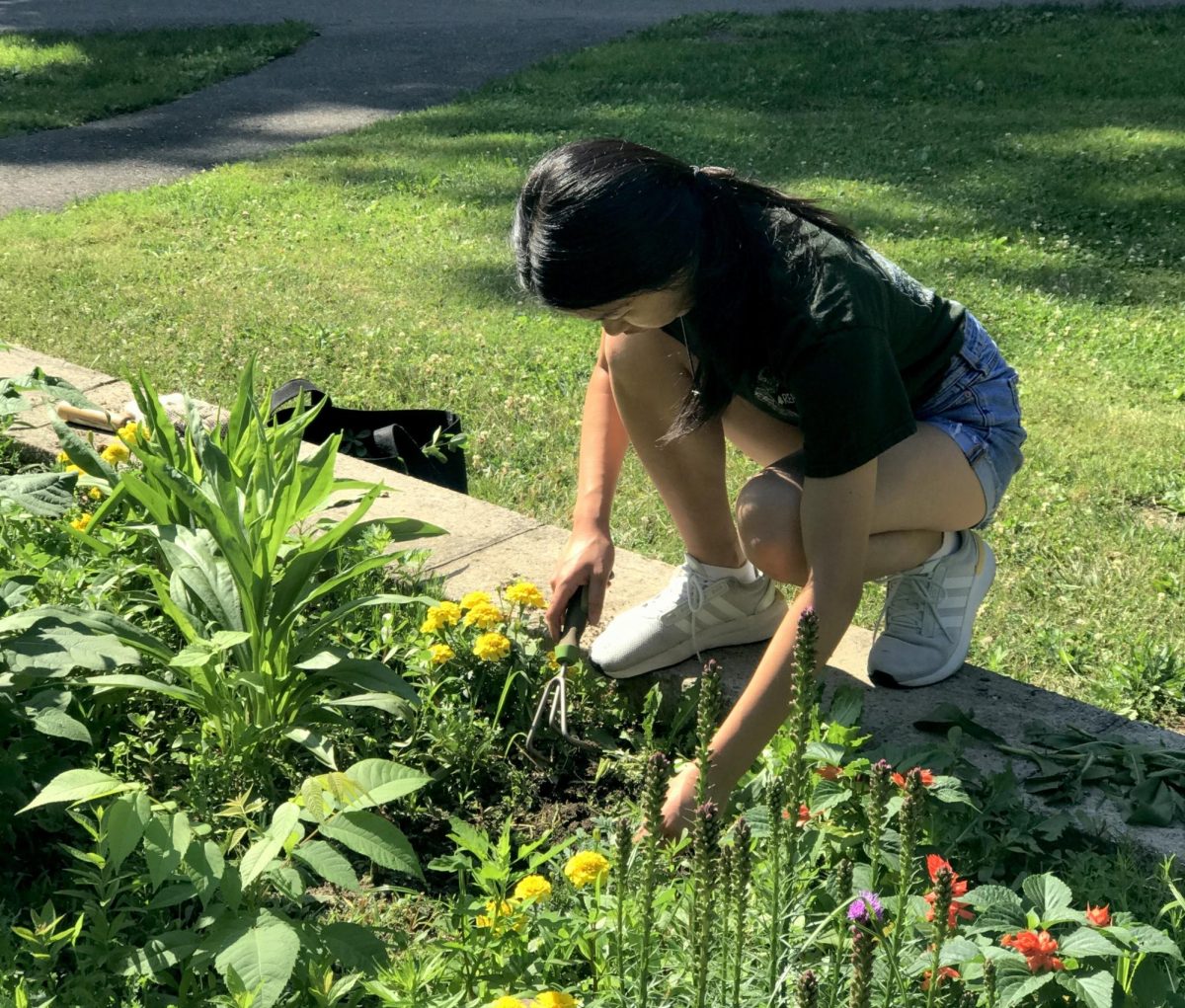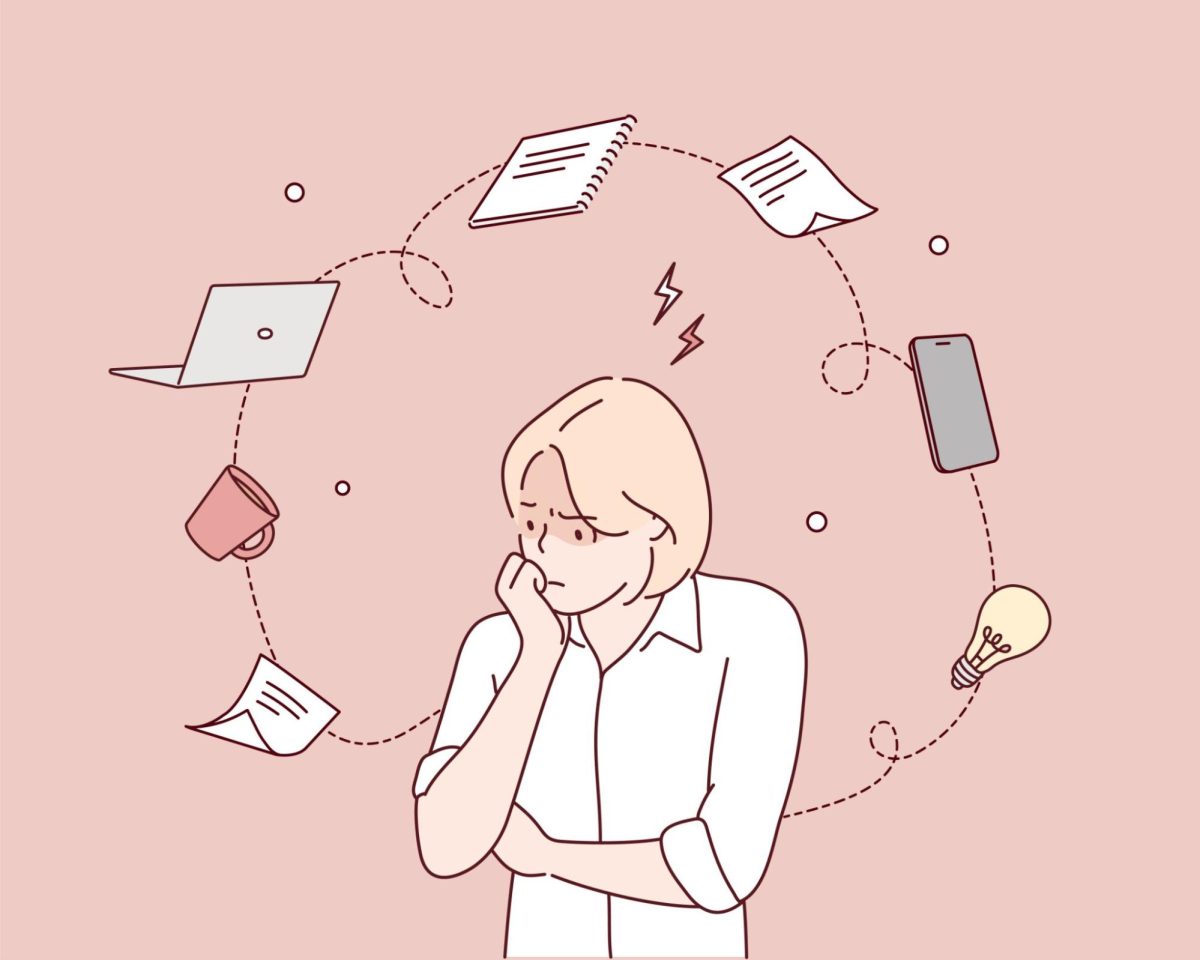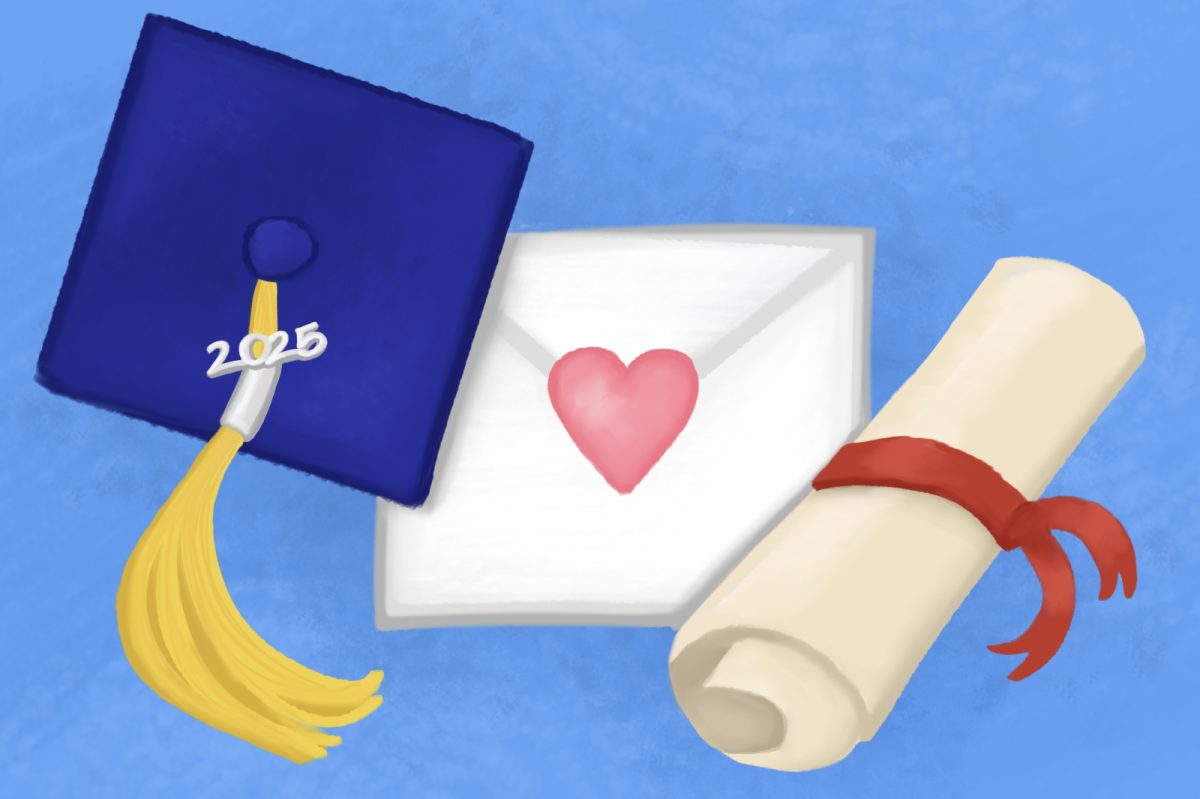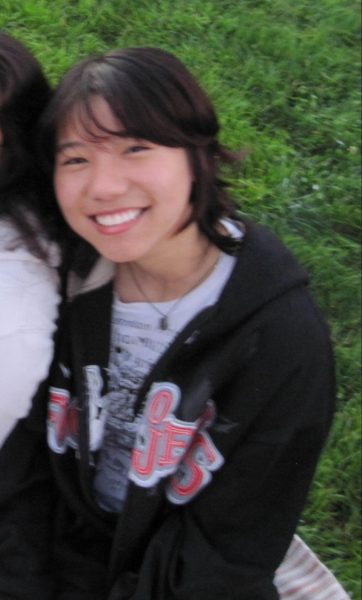Dear Great Neck South administration,
When I first came to South, I was stunned by the plethora of clubs and activities offered here. Generalized or specialized, it didn’t matter—I was struck with wanting to do everything that the pandemic had suspended. I ultimately joined six clubs in my freshman year, two of which I am now a leader in, and one of which is my proudest achievement: co-running the Animal Rescue and Environmental Awareness Club (AREA-C).
AREA-C is a longstanding club advised by Mrs. Abby-Jo Brighton and Mr. Patrick Graham. Our mission is to introduce teenagers to environmental activism through various efforts that accumulate towards a greater whole: examples being raising pet shelter donations, crafting recycled products, and composting cafeteria waste. Our largest project to date began in September 2022, when we drew plans for an on-campus garden with the purpose of creating an accessible green space and natural respite area. After collaborating across departments and staff, it was decided that the raised bed behind the library would be perfect. The next months were then spent getting our hands physically and metaphorically dirty until the garden was fully implemented by June 2023. Ever since, the newly named Pollinator Patio has been a centerpiece of our youth-led efforts.
However, between this time, the security breach occurred. I am definitely not the first to say how shocking and, frankly, upsetting the incident was. On behalf of the students, we were troubled that a fellow peer was involved in threatening our community’s safety and academic integrity. I am sure that the administration felt similarly, which is why it is not my intention to criticize the heightened ID use or new door alarms that followed. I am not proposing a return to how everything “used to be,” nor would I want to disservice the situation by overlooking its severity. I am only asking for a reevaluation of how the aforementioned measures unintendedly affected legitimate South High students, including the AREA-C garden.
For instance, we placed the Pollinator Patio behind the library because it is accessible through the library backdoor and has a bench for students. With that said, protocol later meant no one was allowed to go outside unless given explicit permission—though Mrs. Brighton and I sometimes still had trouble leaving. The garden also required upkeep by club members, which became impossible apart from meetings dedicated for maintenance. It was disappointing to see the place we had built for our community be empty. It was disheartening to spend a year choreographing and have few people aware of the end product. All of these unforeseen obstacles overshadowed our accomplishment, demoralizing our club; we even questioned if the garden was worth the long-term effort.
You may ask, why is this important? Why struggle to have a garden when we already have the courtyard? Well, AREA-C believes that a space built for observability and interaction would encourage teenagers to better engage with nature. This differs from the courtyard that is surrounded by four walls and has little diverse flora. According to the Yale School of the Environment, the average American child spends less than 40 minutes outdoors and over 52 hours on electronics per week. In comparison, the typical South High student spends 55 hours per school week (7 hours for class and 4 hours for homework/studying). The Journal of Adolescent Health links this lifestyle with the doubling of depression rates among ages 12-17 from 8% in 2009 to 16% in 2019. I, alongside dozens of studies and peers, can attest to how unbroken screen time caused by constantly being indoors has facilitated feelings of stifle and isolation. But, the same Yale study cited an investigation by the U.S. Forest Service that reported a 60% improvement in depression rates after pocket parks/greening interventions were built in urban neighborhoods. The outdoor stimuli additionally restored mental health, lowered stress levels, and stabilized circadian rhythms, per a professor of nutrition and epidemiology at the Harvard School of Public Health. In this way, AREA-C believes the Pollinator Patio can serve another necessary aspect of our safety: our well-being.
While I agree that the security measures taken are imperative, we must also remember that our students’ time at South is relatively brief. Whether large or little, no opportunities should be limited during these four key years. To dwell on a past mistake and thus hinder future successes does not aid our high school careers; therefore, ensuring an optimal experience warrants acceptance and adaptation. My suggestion is that those wanting to visit the Pollinator Patio would be able to through the library backdoor, and only during their free periods under supervision. This does not demand tremendous change, as students are already required to scan their IDs and complete a Google Form upon entry. Supervision is also not inconvenient, as the garden is in full view of the wall-wide windows, so any library staff could observe anything occurring. Allowing students this autonomy while still remaining cautious further lends to our development transitioning into an independent adulthood.
Without proper support for how our community enacted local change, their efforts are diminished and future endeavors are discouraged. The answer lies in a compromise that I hope is not unreasonable when weighing the pros and cons. These changes would mean so much more than just allowing us to go outside; it means environmental activism, health consciousness, adolescent development, and mutual trust for our youth. Like the plants AREA-C chose for their vibrancy and hardiness, our students are the same: they must be nurtured, cultivated, and enriched, yet still monitored for signs of decline. It is important that we are granted all the available resources so there is room for us to grow. Only the gardener—i.e., you—has the power to decide as such.
Thank you.









